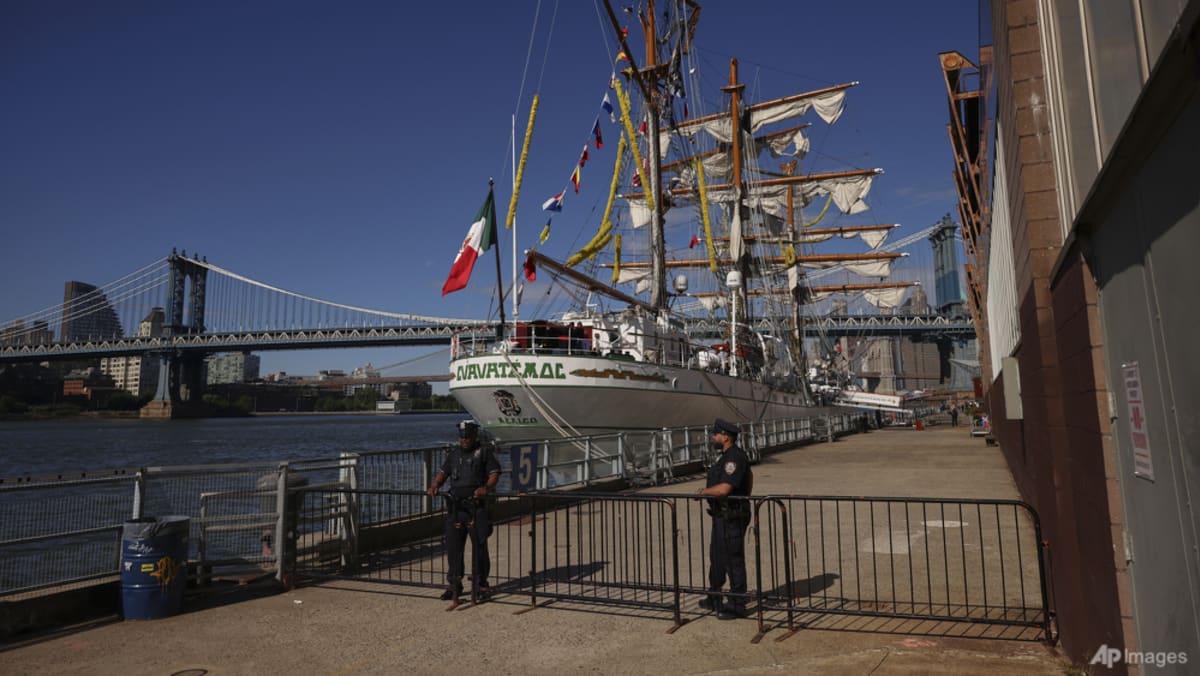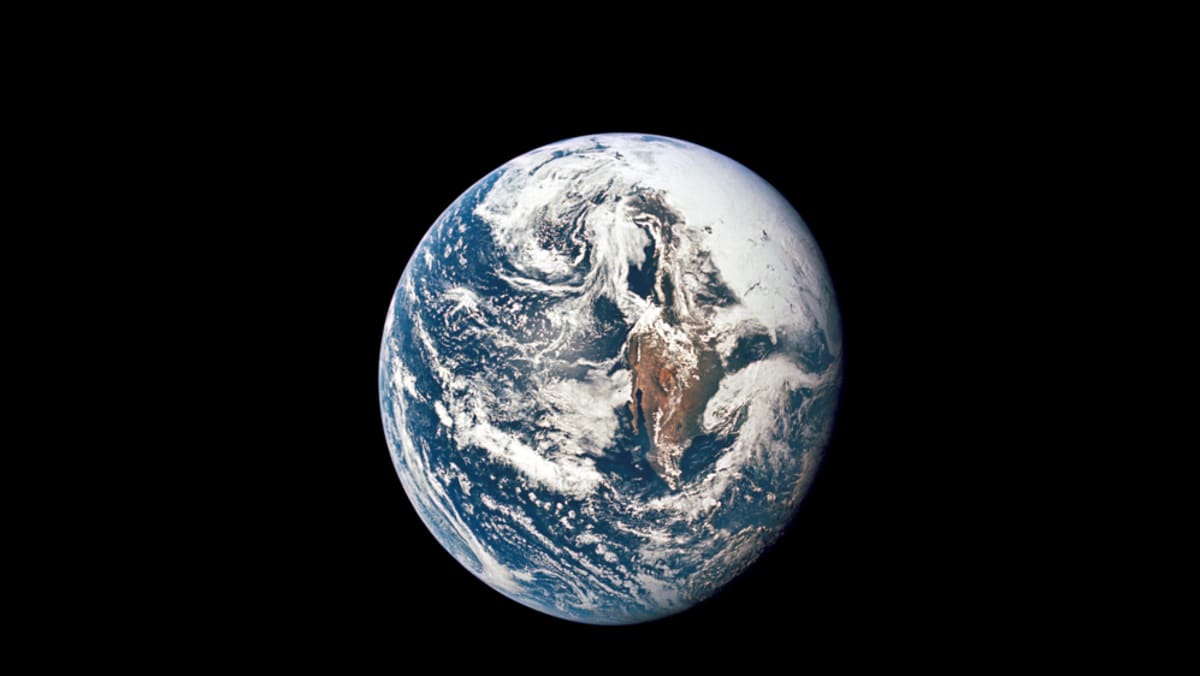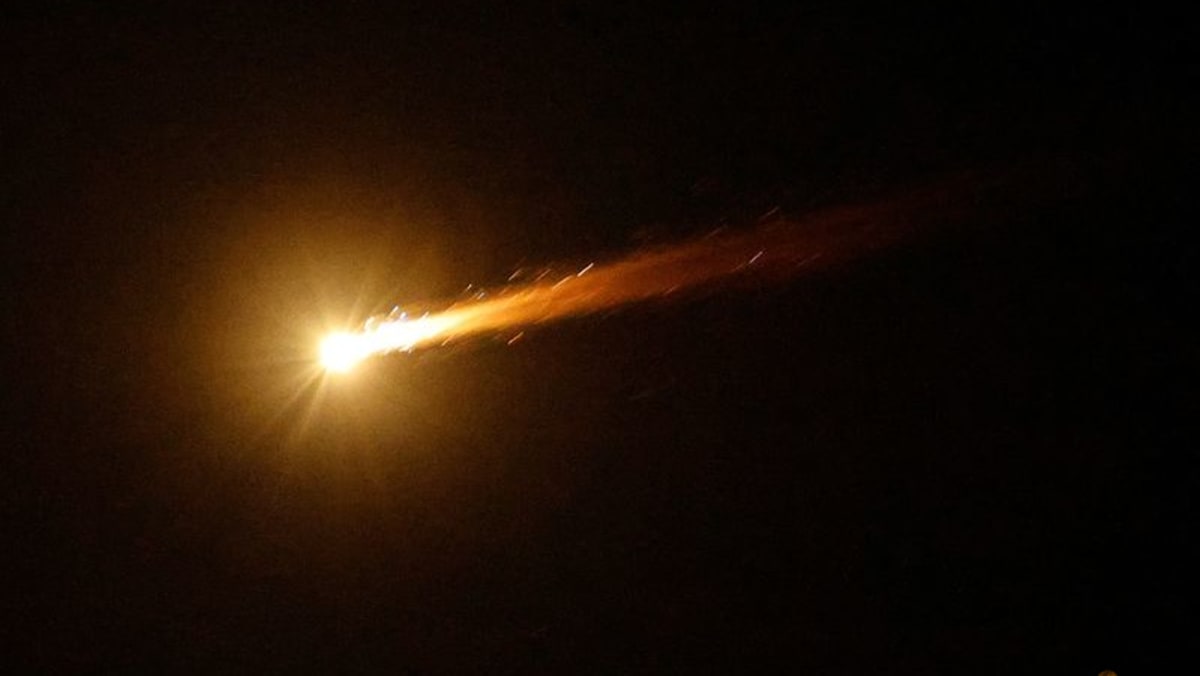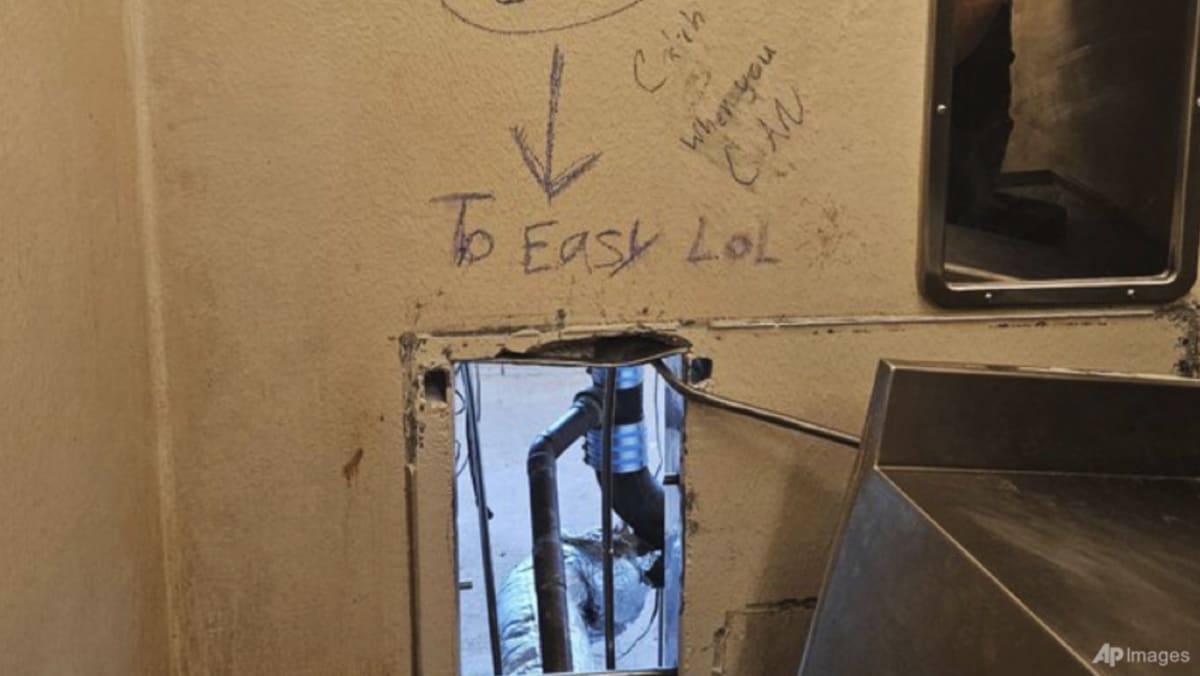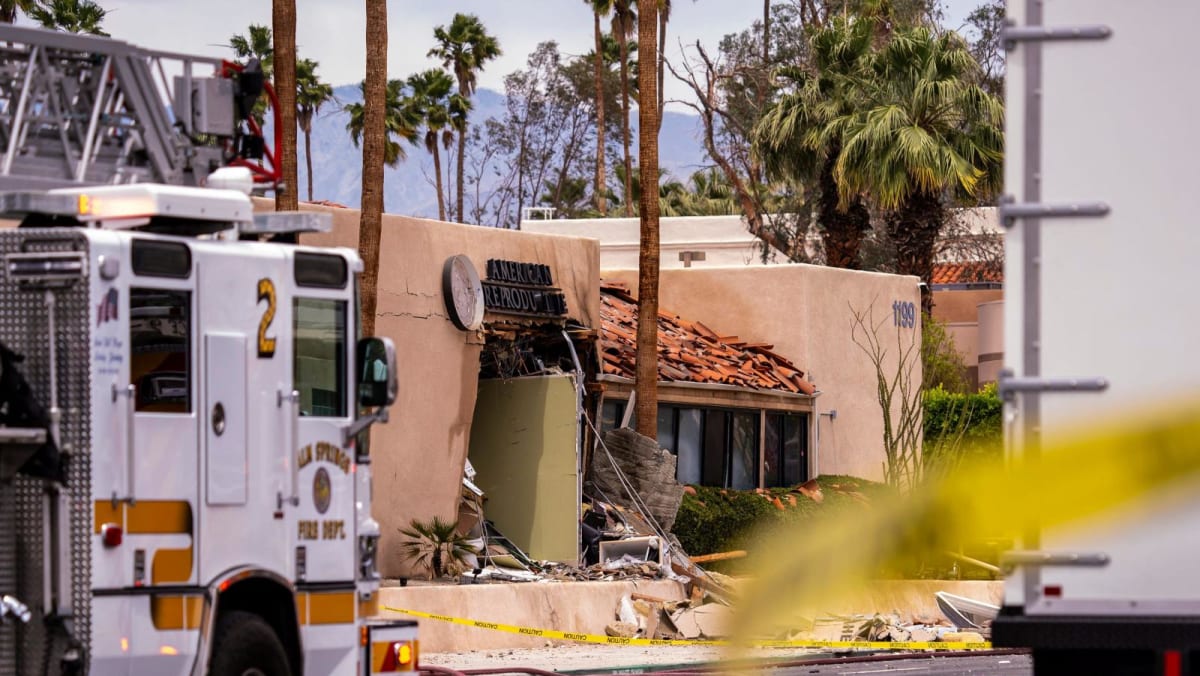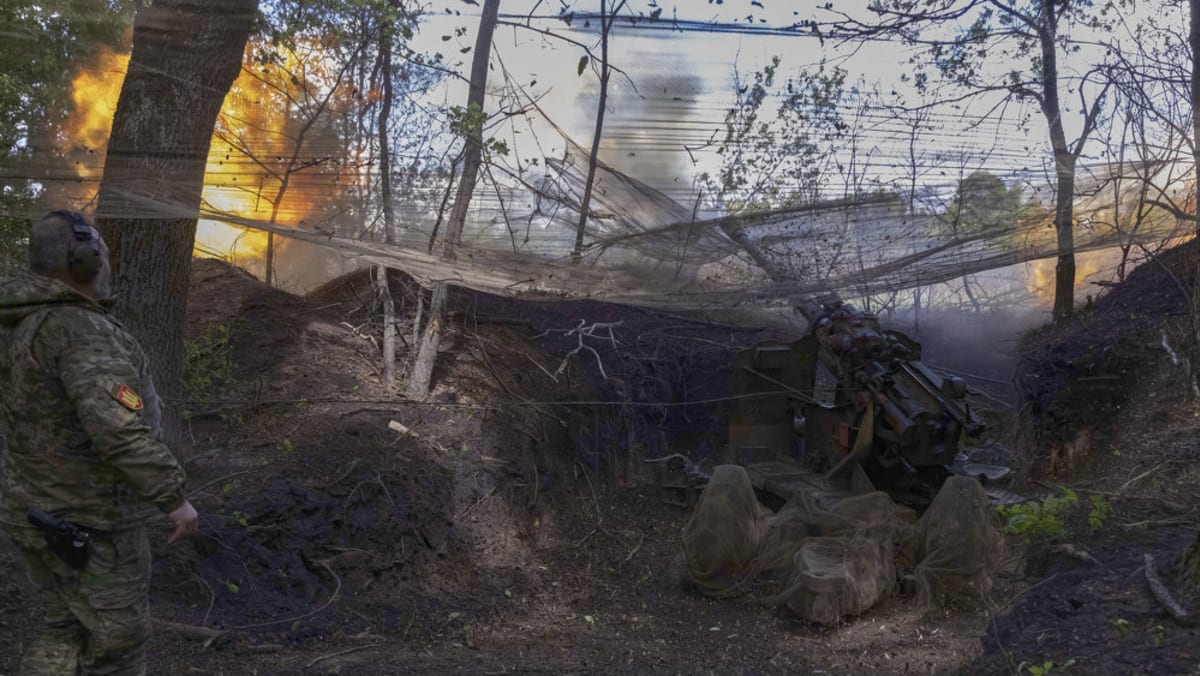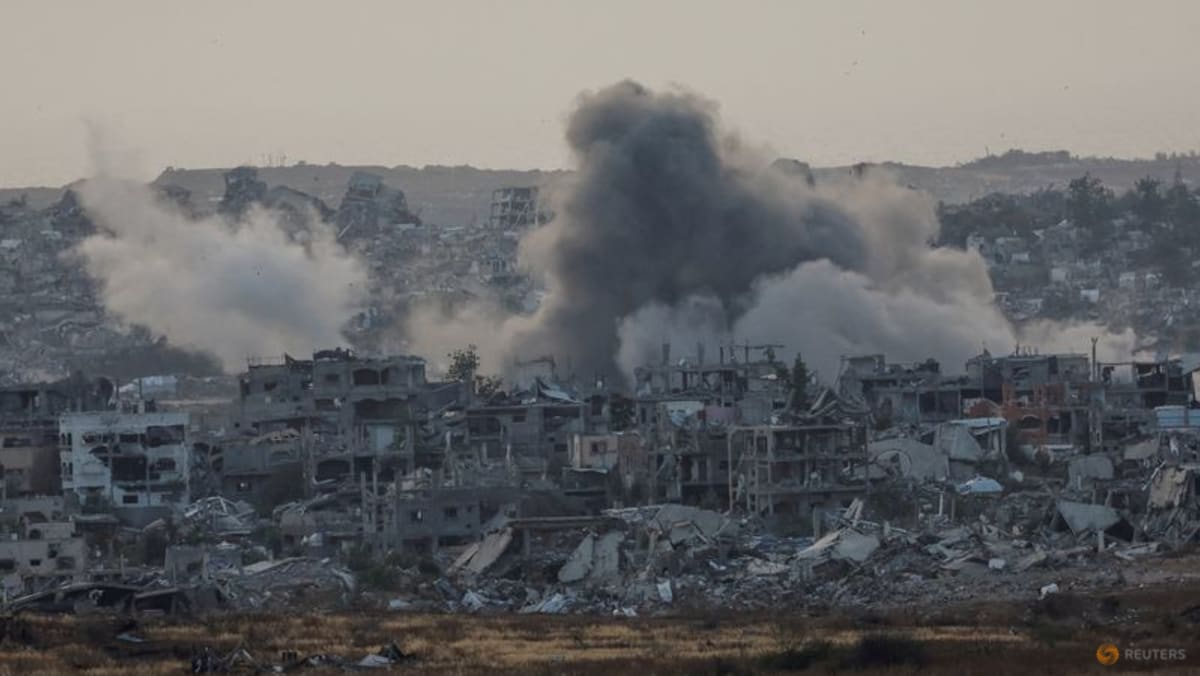WEBB OBSERVATIONS IN MARCH
“It’s a very, very rare event,” he told AFP, but added: “This is not a crisis at this point in time. This is not the dinosaur killer. This is not the planet killer. This is at most dangerous for a city.”
Data from the Webb telescope – the most powerful space observatory – will be key in better understanding its trajectory, said the Planetary Society’s Betts.
“Webb is able to see things that are very, very dim,” he said – which is key because the asteroid’s orbit is currently taking it out towards Jupiter, and its next close approach will not be until 2028.
If the risk rises over 10 per cent, IAWN would issue a formal warning, leading to a “recommendation for all UN members who have territories in potentially threatened areas to start terrestrial preparedness,” explained Moissl.
Unlike the 10km-wide asteroid that wiped out the dinosaurs 66 million years ago, 2024 YR4 is classified as a “city killer” – not a global catastrophe, but still capable of causing significant destruction.
Its potential devastation comes less from its size and more from its velocity, which could be nearly 64,000 kmh if it hits.
If it enters Earth’s atmosphere, the most likely scenario is an airburst, meaning it would explode midair with a force of approximately eight megatons of TNT – more than 500 times the power of the Hiroshima bomb.
But an impact crater cannot be ruled out if the size is closer to the higher end of estimates, said Betts.
The potential impact corridor spans the eastern Pacific, northern South America, the Atlantic, Africa, the Arabian Peninsula, and South Asia – though Moissl emphasised it is far too early for people to consider drastic decisions like relocation.
The good news: There’s ample time to act.
Even in the unlikely event that the probability does keep rising up to 100 per cent, “we are not defenceless”, Moissl emphasised.
